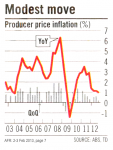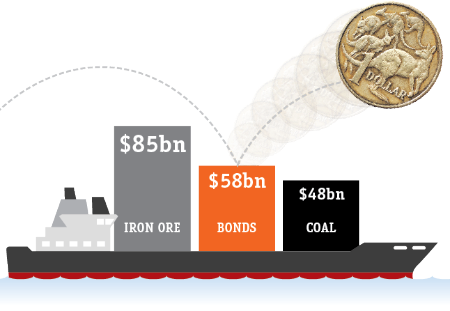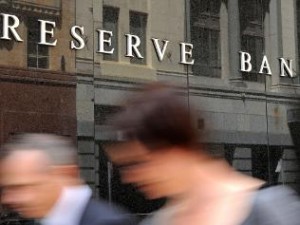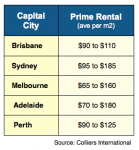
Part 2: Remain in Control of your Destiny
LAST WEEK, we made a start on understanding the pros and cons of Bank bills. But you also have other options.
Non-bill facilities are available through the big four banks, but are generally priced in a way as to only be competitive at smaller loan amounts.
While the big four banks are generally able to price better than smaller lenders, there are other factors considered to be important than merely the cost. And for small business, the interest rate on their borrowing is a relatively small consideration, in the overall scheme of things.
Far more important is access to credit, and flexibility of being able to draw up and down on that credit. Because, having this ability will reduce your overall interest costs in the longer run. [Read more…]





 EVERYONE was expecting the RBA to further ease the cash rate, when its Board met this week.
EVERYONE was expecting the RBA to further ease the cash rate, when its Board met this week.















